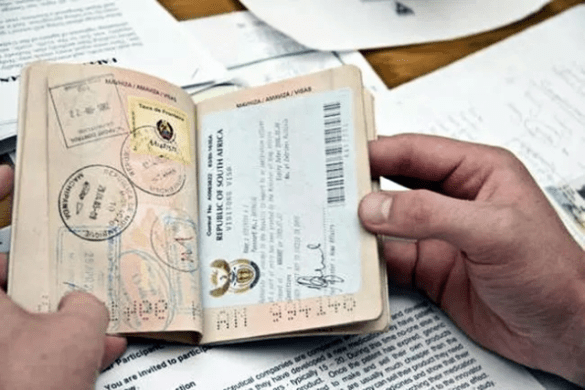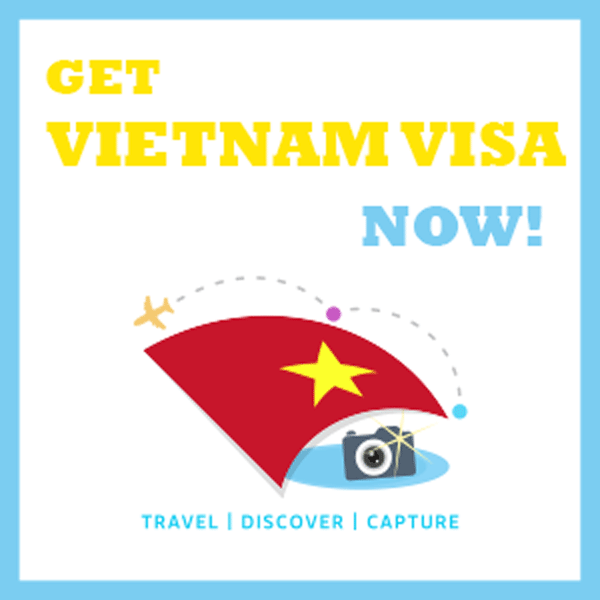If you’re planning on visiting Vietnam, one of the first things you need to consider is whether or not you need a visa. Many people assume that they need to apply for a visa ahead of time, but in some cases, you can actually get a visa on arrival. In this article, we’ll cover everything you need to know about getting a visa on arrival to Vietnam.
Table of Contents
What is a Visa on Arrival?
A visa on arrival is exactly what it sounds like – a visa that you can obtain when you arrive at your destination country. This type of visa is typically available for short-term stays, and it’s often more convenient than applying for a visa ahead of time.
In the case of Vietnam, a visa on arrival allows travelers to stay in the country for up to 30 days. The process of obtaining a visa on arrival is fairly straightforward, but there are a few things you should be aware of before you go.
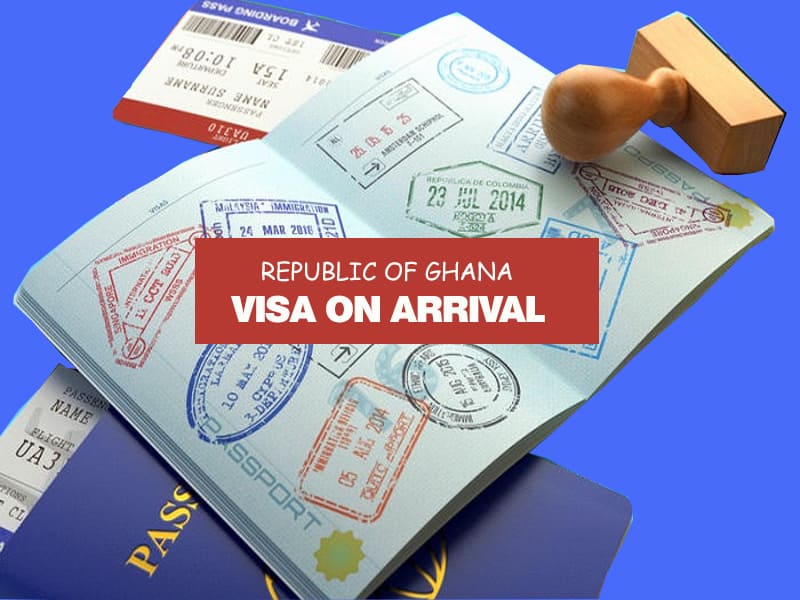
Who is Eligible for a Visa on Arrival to Vietnam?
Not everyone is eligible for a visa on arrival to Vietnam. Here are the requirements:
- Your passport must be valid for at least six months beyond your planned departure date from Vietnam.
- You must have a round-trip ticket (or at least a ticket to leave Vietnam) booked in advance.
- You must enter Vietnam by air – the visa on arrival is not available if you enter by land or sea.
- You must have the approval letter from the Vietnamese Immigration Department which you can easily obtain through a reliable travel agent.
If you meet these requirements, you should be able to obtain a visa on arrival to Vietnam without any issues.
How to Get a Visa on Arrival to Vietnam
Here’s a step-by-step guide for how to obtain a visa on arrival to Vietnam:
Step 1: Find a reliable travel agent. There are many travel agents that can help you obtain an approval letter for your visa on arrival. Look for one with good reviews and a long history of providing this service.
Step 2: Apply for the approval letter. You’ll need to fill out an application form and provide some basic information about yourself, such as your name, passport number, and travel dates. You’ll also need to pay a fee (usually around $20-30 USD) for the approval letter.
Step 3: Wait for the approval letter. Once you’ve submitted your application and paid the fee, you’ll need to wait for the approval letter to be processed. This typically takes a few business days, but it can be faster if you pay for expedited processing.
Step 4: Print the approval letter. Once you receive the approval letter, you’ll need to print it out and bring it with you on your trip to Vietnam.
Step 5: Get your visa at the airport. When you arrive in Vietnam, you’ll need to present your approval letter and pay the visa stamping fee. The fee is currently $25 USD for a single-entry visa or $50 USD for a multiple-entry visa. You’ll then receive your visa and be free to enter the country.
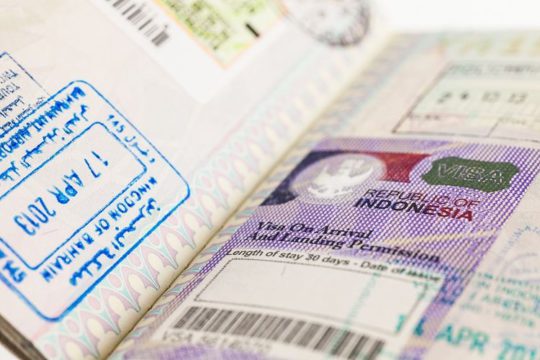
Pros and Cons of Getting a Visa on Arrival to Vietnam
Like any travel arrangement, there are pros and cons to getting a visa on arrival to Vietnam. Here’s what you should consider:
Pros
- Convenience: Applying for a visa on arrival is often more convenient than applying for a visa ahead of time.
- Cost-effective: The fees for a visa on arrival are often lower than the fees for a traditional visa.
- Faster processing times: With a visa on arrival, you can often get your visa approved and issued within a matter of days.
- Flexibility: If your travel plans change, a visa on arrival may be easier to modify than a traditional visa.
Cons
- Limited eligibility: Not everyone is eligible for a visa on arrival to Vietnam.
- Potential delays: If there are any issues with your approval letter or visa application, you could experience delays or even be denied entry to the country.
- Uncertainty: Because you’re not applying for your visa ahead of time, there’s always a level of uncertainty with a visa on arrival.
Alternatives to Getting a Visa on Arrival to Vietnam
If you’re not eligible for a visa on arrival, or if you prefer to have your visa secured ahead of time, there are a few alternatives:
- Apply for a traditional visa: You can apply for a traditional visa through the Vietnamese embassy or consulate in your home country. This process typically takes longer and requires more documentation than a visa on arrival.
- Apply for an e-visa: Some nationalities are eligible to apply for an e-visa online. This type of visa allows you to stay in Vietnam for up to 30 days and can be obtained entirely online before your trip.
- Participate in a visa exemption program: Some nationalities are exempt from needing a visa for short stays in Vietnam. Checkwith the Vietnamese government’s website to see if you qualify for a visa exemption.
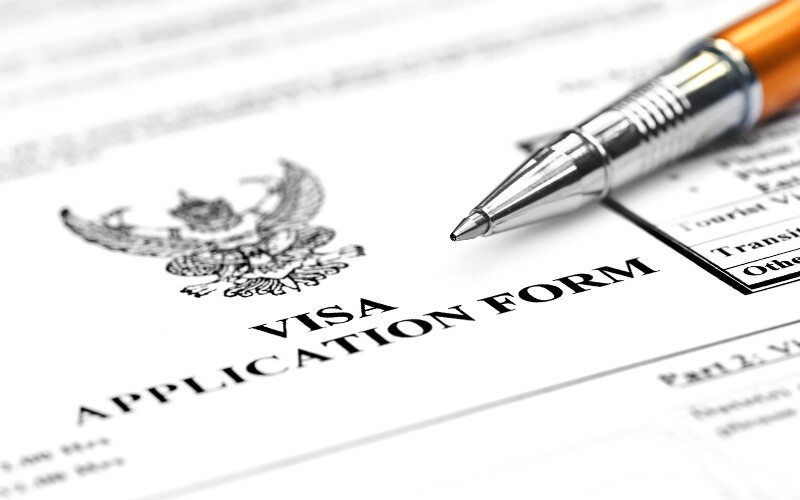
Comparing Different Visa Options for Vietnam
To help you decide which type of visa is right for you, here’s a comparison of different visa options for Vietnam:
Visa on Arrival
- Eligibility: Available to those who meet certain requirements, such as having a round-trip ticket and entering Vietnam by air.
- Processing time: Typically a few business days to receive the approval letter, plus the time it takes to get the visa at the airport.
- Cost: Usually around $20-30 USD for the approval letter and $25-50 USD for the visa stamping fee.
- Convenience: More convenient than applying for a traditional visa, but there’s always a level of uncertainty since you’re not applying ahead of time.
Traditional Visa
- Eligibility: Anyone can apply, but the process requires more documentation and time.
- Processing time: Varies depending on the embassy or consulate processing your application – typically several weeks.
- Cost: Visa fees vary based on your nationality and the length of your stay in Vietnam. Expect to pay several hundred dollars.
- Convenience: Less convenient than a visa on arrival since you need to apply ahead of time, but you have more certainty about your visa status before you travel to Vietnam.
E-Visa
- Eligibility: Available to select nationalities.
- Processing time: Typically a few business days to receive your e-visa.
- Cost: $25 USD for a 30-day single-entry e-visa.
- Convenience: Convenient since you can apply entirely online and receive your visa before your trip, but not available to everyone.
Visa Exemption
- Eligibility: Available to select nationalities for short stays in Vietnam.
- Processing time: No processing time required – simply enter Vietnam with your passport and proof of onward travel.
- Cost: Free.
- Convenience: Convenient, but not available to everyone and only allows for short stays in Vietnam.
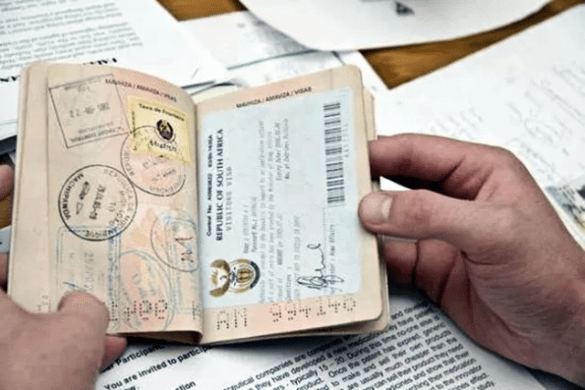
Tips for Getting a Visa on Arrival to Vietnam
If you’ve decided that getting a visa on arrival is the best option for your trip to Vietnam, here are a few tips to ensure a smooth process:
- Use a reliable travel agent to obtain your approval letter.
- Have all necessary documents (passport, round-trip ticket, etc.) with you when you arrive in Vietnam.
- Bring enough cash to pay for the visa stamping fee.
- Double-check your application form and approval letter for accuracy before your trip.
Conclusion
In summary, getting a visa on arrival to Vietnam can be a convenient, cost-effective option for many travelers. However, it’s important to understand the eligibility requirements and potential drawbacks before making your decision. If you’re not eligible for a visa on arrival, consider applying for a traditional visa, e-visa, or participating in a visa exemption program instead.
FAQs
- What is the maximum stay allowed with a visa on arrival to Vietnam?
The maximum stay allowed with a visa on arrival to Vietnam is 30 days.
- Can I enter Vietnam by land or sea with a visa on arrival?
No, a visa on arrival is only available if you enter Vietnam by air.
- How long does it take to get an approval letter for a visa on arrival?
Typically a few business days, but it can be faster if you pay for expedited processing.
- Is a visa on arrival more expensive than a traditional visa?
No, a visa on arrival is usually less expensive than a traditional visa.
- Can I extend my stay in Vietnam if I enter with a visa on arrival?
Yes, it is possible to extend your stay in Vietnam beyond the 30-day limit. You will need to apply for a visa extension through the Vietnamese Immigration Department.


